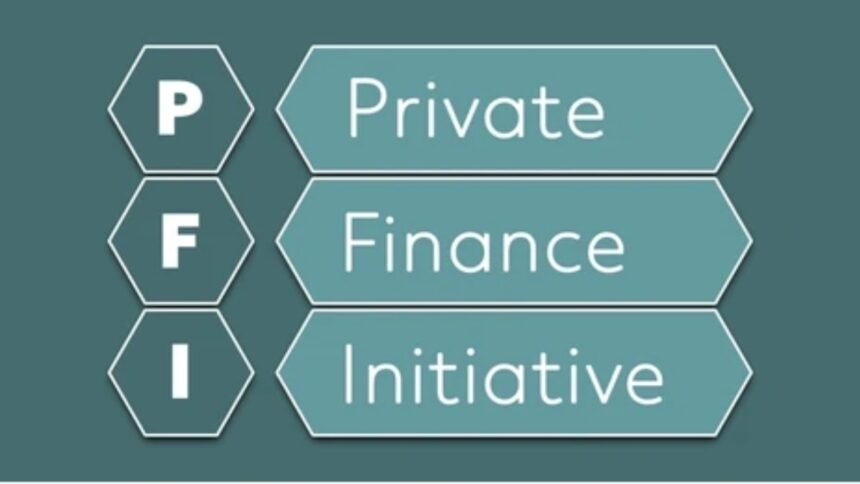Private finance initiatives (PFIs) are partnerships where private groups finance, build, and frequently operate public projects or services. Rather than relying entirely on government investment, PFIs allow the transfer of risks and responsibilities to private entities in exchange for long-term payments or concessions. This approach aims to combine private sector innovation and capital with public sector objectives.
In the United States, PFIs often involve large-scale infrastructure projects including highways, hospitals, schools, and public housing. The private party typically invests upfront capital and manages construction and sometimes ongoing maintenance, while the government repays over an agreed duration, often contingent on performance metrics.
The Evolution of Private Finance Initiatives in America
Private finance initiatives emerged as a reaction to budget constraints and the growing backlog of infrastructure needs. Historically, American public projects were funded primarily via direct government expenditure and bonds. However, in recent decades, PFIs have gained traction, inspired partly by similar models in the United Kingdom and other countries.
This shift was driven by several factors: the desire to improve efficiency, the need to mitigate public debt, and the aspiration to speed up project delivery. American states like California and Texas have been pioneers in adopting PFIs, particularly in toll roads and transportation infrastructure.
Advantages of Private Finance Initiatives
One of the primary advantages of private finance initiatives is the ability to harness private sector expertise and efficiency. Private corporations, motivated by profit and competition, tend to focus on timely delivery, cost control, and innovation. This often translates to projects completed faster and sometimes under budget compared to traditional public procurement methods.
Additionally, PFIs can help alleviate immediate financial pressures on governments by transferring upfront costs to the private sector. This arrangement allows governments to spread payments over the life of the project, making budgeting more predictable. Moreover, by transferring construction and operational risks, such as delays or cost overruns, to private partners, public entities reduce their exposure to uncertainties.
For example, a transportation expert, Dr. Lisa Reynolds from the University of Michigan, stated, “Private finance initiatives enable governments to leverage private capital and managerial expertise, fostering public infrastructure development without immediate fiscal strain.” This highlights how PFIs blend financial innovation with public policy goals.
Challenges and Criticisms Surrounding PFIs
Despite the clear benefits, private finance initiatives are not without controversy. Critics argue that PFIs can sometimes result in higher long-term costs for the public sector. Since private investors seek returns, repayment schedules often include interest and profit margins that may exceed traditional government borrowing rates.
Furthermore, complex contracts and lengthy concession periods can reduce flexibility for public authorities. If future needs or priorities change, governments may find themselves locked into agreements that limit their control or impose penalties for modifications.
Transparency is another issue. Due to the private sector’s involvement, details about costs, performance, and contract terms can be less accessible to the public. This opacity may undermine public trust and accountability.
Lastly, the quality of service is a critical concern. If private partners prioritize cost-cutting to maximize profits, service standards may decline, negatively impacting citizens relying on public infrastructure or services.
How Private Finance Initiatives Impact Public Infrastructure in America
In practice, PFIs have transformed certain sectors of American public infrastructure. Transportation projects, particularly toll roads and bridges, have benefited from private investment, accelerating development and sometimes improving maintenance standards.
In healthcare, PFIs have been used to build and manage hospital facilities, combining private efficiency with public health goals. Education infrastructure, such as school construction and renovations, also increasingly involves private partnerships.
Nevertheless, the success of PFIs largely depends on contract design, oversight, and the nature of the project. States that invest in rigorous planning, transparent processes, and clear performance standards tend to realize more positive outcomes.
Best Practices for Implementing Private Finance Initiatives
For American policymakers considering PFIs, several best practices have emerged:
Comprehensive Feasibility Studies
Thorough analysis of financial, social, and environmental impacts ensures informed decisions.
Transparent Procurement
Open bidding and clear criteria promote competition and accountability.
Balanced Risk Sharing
Contracts should allocate risks to the party best able to manage them, avoiding unfair burdens.
Robust Performance Monitoring
Ongoing evaluation ensures quality and compliance.
Public Engagement
Involving stakeholders helps build trust and addresses community concerns.
These practices align with research published in journals like the Journal of Public Budgeting, Accounting & Financial Management, which emphasizes the importance of governance and accountability in PFIs.
Conclusion: The Future of Private Finance Initiatives in America
Private finance initiatives represent a significant evolution in how American public projects are funded and managed. While they offer a promising alternative to traditional financing methods by tapping into private capital and expertise, they also bring complexities that require careful management.
As infrastructure demands grow and fiscal pressures intensify, PFIs will likely play an increasingly important role. However, success depends on transparent, well-structured agreements that prioritize public interest, rigorous oversight, and a commitment to service quality.
By understanding the nuances of private finance initiatives, American policymakers and citizens alike can engage in informed dialogue about building a resilient, efficient, and equitable infrastructure future.






